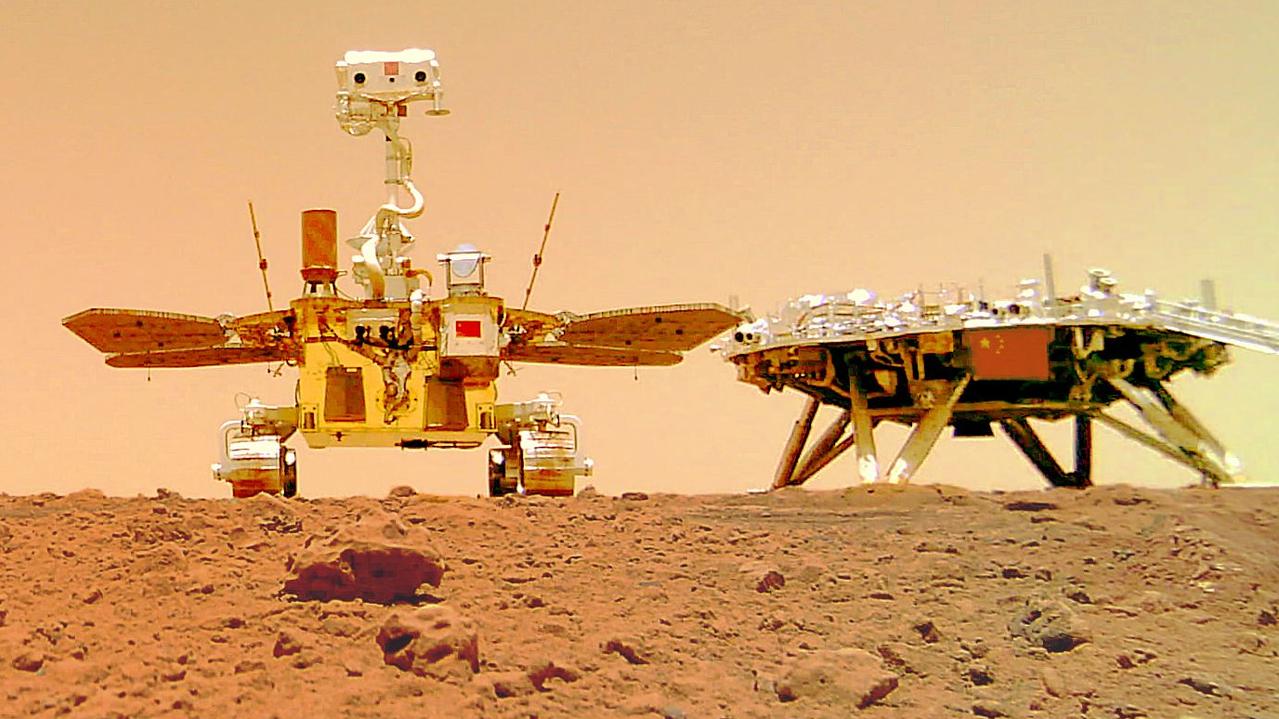NASA satellite data reveals depths of Australia’s drought
Analysis suggests current conditions are more extreme than those experienced during the millennium drought.

Fresh analysis of NASA satellite data by Australian National University scientists has found the current drought to be more extreme than the millennium drought and confirmed a worrying trend in ice-sheet loss in Antarctica.
The new information is based on data collected by two satellites that are in orbit 200km apart known as the Gravity Recovery and Climate Experiment Follow On mission.
Gravity caused by the amount of water on Earth is enough to change the distance between the satellites and is measured with an accuracy equal to a 10th the width of a human hair.
Using computer models, scientists at ANU have been able to break down the global picture to generate a snapshot of conditions on the ground in Australia and Antarctica.
Paul Tregoning said data showed that parts of NSW and Queensland, South Australia and Tasmania, and much of Western Australia, were drier in December last year than during the millennium drought at the end of 2009.
The ANU team has also raised the alarm about ice conditions on Antarctica.
The analysis of the GRACE Follow On data shows that ice loss in the Totten Glacier region, east of Australia’s Casey Station in Antarctica, amounted to about 1.4 billion tonnes of water, which would fill about 570,000 Olympic-sized swimming pools.
Other scientists have said the ice melt could be associated with warming ocean temperatures.



